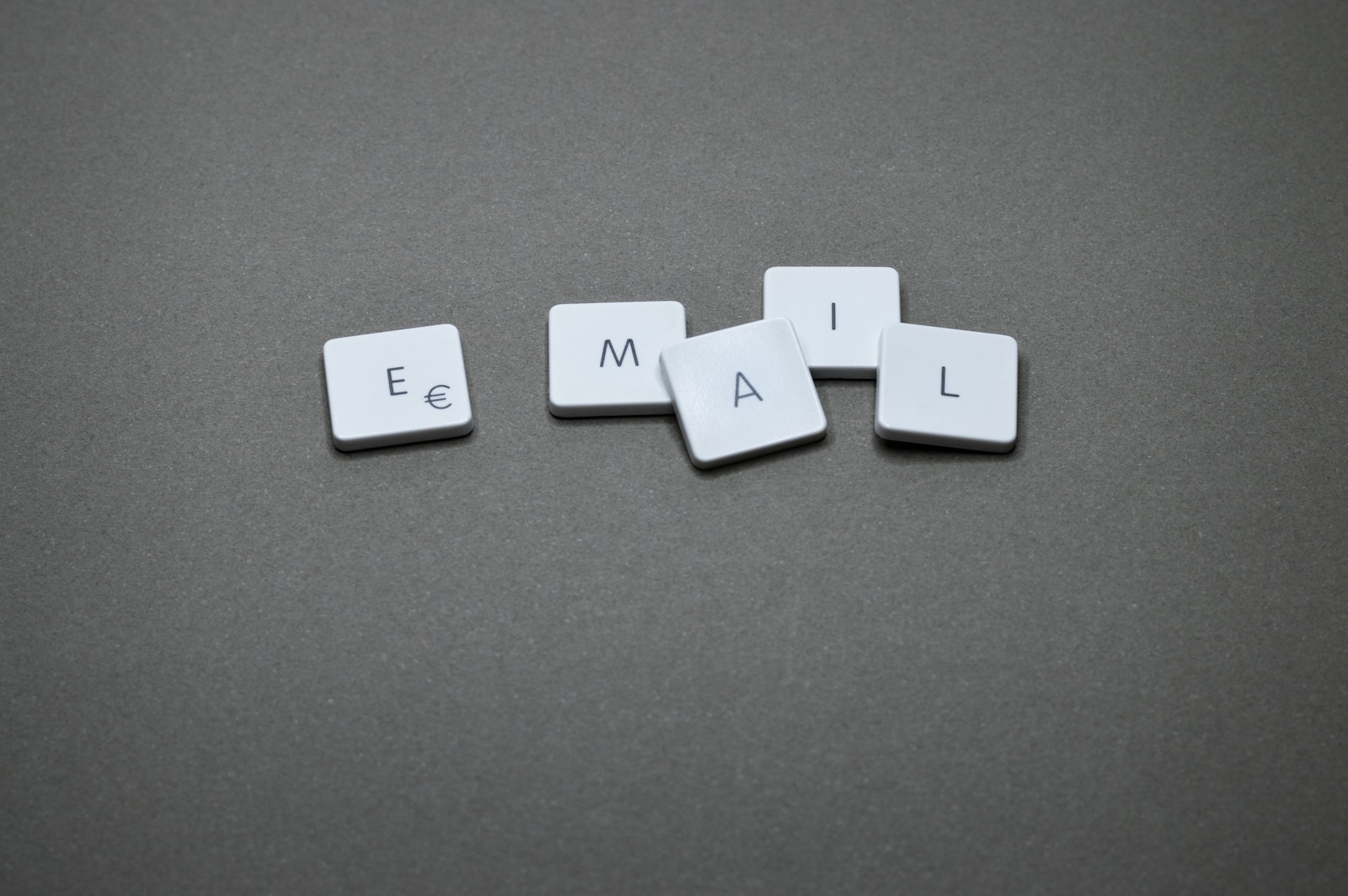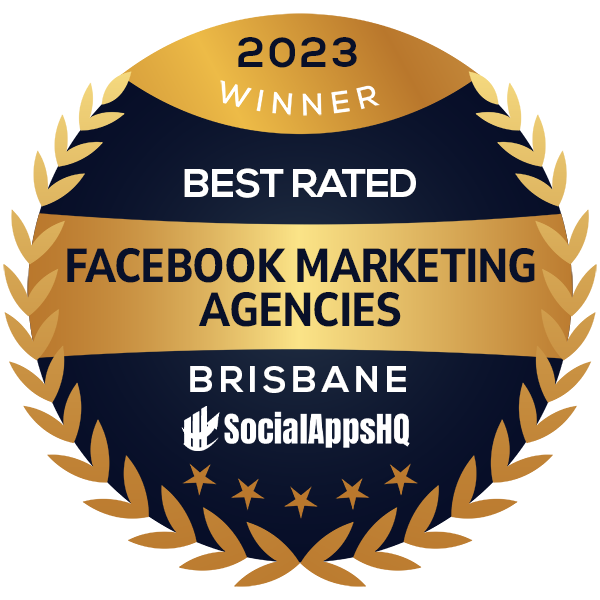Marketing is an essential component of any business, especially for small businesses. It’s vital to reach out to potential customers, build brand awareness, and maintain customer relationships. However, marketing can be a time-consuming and expensive process. Small businesses often have limited resources and must optimise their marketing efforts to get the most out of them. This is where marketing automation comes in! Marketing automation for small businesses helps automate repetitive marketing tasks, save time, and improve efficiency.
Marketing automation is a process of using software tools to automate repetitive marketing tasks and workflows, such as sending emails, managing social media posts, lead generation, lead scoring, and customer segmentation. It’s a way to streamline and simplify marketing efforts while ensuring that the right message is delivered to the right person at the right time. Here are the five benefits of marketing automation:
Increased Productivity and Efficiency
Marketing automation tools can help small businesses save time by automating repetitive tasks such as email marketing, social media posting, and lead nurturing. These tools enable businesses to focus on other essential aspects of their business, such as product development, customer service, and sales.
With marketing automation, businesses can set up email campaigns, social media posts, and other marketing activities in advance. This means that they can schedule these tasks to run automatically, even when they’re not in the office. This increases efficiency and productivity, allowing small businesses to achieve more in less time.
In addition to saving time, marketing automation can also improve the effectiveness of small business marketing efforts. By collecting data on customer behaviour, preferences, and interests, these tools can help businesses tailor their marketing campaigns to better meet their customers’ needs. This means that businesses can deliver the right message to the right customer at the right time, increasing the likelihood of a successful sale.

Improved Customer Engagement
Marketing automation tools can help small businesses engage with their customers more effectively. These tools allow businesses to segment their audience based on demographics, behaviour, and other factors. This helps businesses to create targeted campaigns that resonate with their audience, improving engagement rates.
Marketing automation tools can also help businesses nurture leads and build relationships with their customers. By sending personalised emails and messages, businesses can keep their customers engaged and informed about their products and services.
Furthermore, marketing automation tools can help small businesses stay top-of-mind with their customers by sending relevant and timely content. This content can be based on the customer’s interests, past interactions, and preferences. By consistently delivering valuable content, businesses can establish themselves as a trusted source of information, which can lead to increased brand loyalty and customer retention.
In addition, marketing automation tools can provide valuable insights into customer behaviour and engagement. By tracking metrics such as open rates, click-through rates, and conversion rates, businesses can gain a better understanding of what works and what doesn’t in their marketing efforts. This information can then be used to make data-driven decisions and improve future marketing campaigns.
Better Lead Management
Marketing automation tools can help small businesses manage their leads more effectively. These tools allow businesses to track leads through the sales funnel, from initial contact to final sale. By monitoring customer behaviour and engagement, businesses can identify the most promising leads and prioritise their efforts accordingly.
Marketing automation tools can also help businesses qualify leads by scoring them based on their behaviour and engagement. This enables businesses to focus on the most qualified leads, increasing their chances of conversion.
Moreover, marketing automation tools can provide valuable insights into customer behaviour and preferences. By analysing data from various sources such as social media, website analytics, and email campaigns, businesses can gain a better understanding of their customers’ needs and interests. This information can then be used to create targeted campaigns that are more likely to resonate with their audience.
Increased Revenue
Marketing automation can help small businesses increase their revenue by improving their marketing efforts. By automating marketing tasks, businesses can save time and money, allowing them to focus on other revenue-generating activities.
Marketing automation can also help businesses identify new opportunities for revenue growth. By analysing customer behaviour and engagement, businesses can identify new products or services that their customers might be interested in.
Furthermore, marketing automation can also help small businesses improve their customer retention rates. By sending personalised messages and offers to their customers, businesses can create a sense of loyalty and foster long-term relationships. This can lead to repeat business, positive reviews, and referrals, all of which can contribute to a business’s revenue growth.
Enhanced Analytics and Reporting
Marketing automation tools provide small businesses with advanced analytics and reporting capabilities. These tools enable businesses to track the performance of their marketing campaigns and identify areas for improvement. By analysing data such as open rates, click-through rates, and conversion rates, businesses can optimise their campaigns for better results.
Marketing automation also provides businesses with real-time data, allowing them to make informed decisions about their marketing strategies. This helps businesses stay ahead of the competition and achieve their marketing goals.
Additionally, marketing automation tools can help small businesses with forecasting and predicting future trends. By analysing past data and trends, these tools can provide valuable insights into the future performance of marketing campaigns. This allows businesses to make informed decisions about their marketing budgets, resources, and strategies.
Conclusion
Marketing automation is a powerful tool for small businesses. By automating repetitive marketing tasks, businesses can save time, improve efficiency, and focus on other essential aspects of their business. Marketing automation also helps businesses engage with their customers more effectively, manage their leads better, increase revenue, and enhance their analytics and reporting capabilities. With the right marketing automation tools, small businesses can unlock the full potential of their marketing efforts and achieve their business goals.
Looking to take your digital marketing to the next level? Contact Done Digital today to see how our team of experts can help your business grow and thrive online. Don’t wait, schedule a consultation now and let’s start achieving your digital marketing goals together!

 Done Digital
Done Digital Done Digital
Done Digital
 Done Digital
Done Digital
 Done Digital
Done Digital


 Done Digital
Done Digital Done Digital
Done Digital Done Digital
Done Digital
